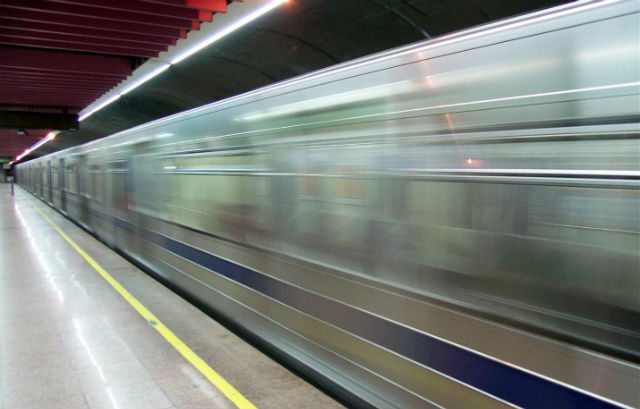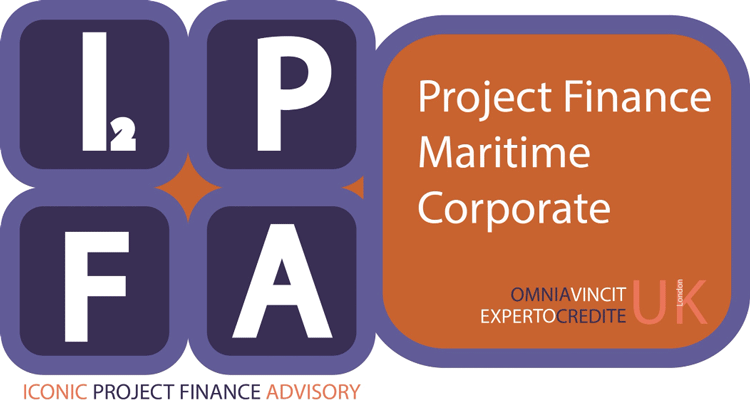When the World Bank began to consider supporting the construction of São Paulo’s fourth metro line in 2001, the city’s metropolitan area was home to 16.8 million people and growing. An extensive public transport network was indispensable, but, as the World Bank noted in a report, even with 270 kilometers of rail network and three metro lines, the existing services were inadequate. High fares and lack of interconnectivity between metro and rail lines was driving up car use and congestion on the roads, and access to jobs was uneven across the area. The state government wanted to introduce private capital and management to the public transport system, but with the country’s PPP law not yet in force, civil works were procured conventionally instead.
Illustrative objectives and tasks for IPFA Team has been:
- Set procurement objectives: required MRT network element at best value for money (VfM); government control of fare policy; consistency with MRT network-wide integrated fare and ticketing arrangement.
- Determine bid variable(s) which would best secure the said objectives.
- Determine bid evaluation method to secure objectives above.
- Prepare bid terms of reference, scope of work and associated documentation to go out with request for proposal
When the law passed in 2004, a concession project was prepared to finance and commission the new trains and systems, and operate the trains and the line according to service targets. Although the scope of the project was limited, its aim—to close the first successful PPP in Brazil structured under the law of 2004—was challenging, especially as the metro operator needed to be (literally) perfectly aligned with the infrastructure, which was still unfinished when the 30-year concession was awarded to the ViaQuatro consortium in 2006. The winners promised not only to deliver the metro trains on time but to introduce new technology to the country: the first driverless trains in Brazil and automatic doors on platforms.
Using the latest technology meant ordering trains from abroad: the trains are built by South Korea’s Hyundai Rotem and the train control system is supplied by Siemens. As such, the project was ineligible for a loan from Brazil’s national development bank, BNDES. This presented the sponsors with a problem.
The IDB directly lent a further $69 million to the PPP in a 15-year A loan. Financing was signed in October 2008. Inauguration of the line was delayed by problems with the civil works, rather than with the PPP, and sections began to open in 2010 until in October 2011 the whole line was in service. Traffic is now broadly in line with forecasts, carrying 650,000 people a day and rising. According to an independent survey carried in 2011, 89 percent of Line 4 passengers expressed satisfaction with the service. Line 4 connects up with three metro lines and three commuter rail lines, as well as bus services. Despite rising car ownership, the metro system’s share of motorized trips in the region increased from 16 percent in 2001 to 19.3 percent in 2011.
The concessionaire is remunerated in three different ways: a charge per passenger carried on the line daily, fixed payments to cover operation and maintenance costs (subject to performance targets), and revenues from commercial development at the metro stations. If passenger traffic is within 10 percent of the 10-year forecast, they absorb the upside or downside; if above or below, then the public authority shares in the gains or losses. Ticket revenues are retained by the authority. The new line has been revenue positive for the state-owned metro company, improving its profitability. After capacity building work by the World Bank, São Paulo is now preparing a PPP for line 6 that will include infrastructure works.
| RELATED NAMES: |
YELLOW LINE |
|
|
| Country/Region: |
Brazil/Latin America and the Caribbean |
|
|
| Financial closure: |
10/2008 |
Location: |
Sao Paulo city metropolitan area |
| Primary sector: |
Transport |
Secondary sector: |
Not Applicable |
| Status: |
Operational |
Update Status Date: |
06/2010 |
| Project company: |
Concessionaria da Linha 4 do Metro de Sao Paulo SA (ViaQuatro) |
|
|
| Type of PPI: |
Greenfield project |
Subtype of PPI: |
Build, operate, and transfer |
| Contract period: |
30 |
Termination year: |
2038 |
| Publicly traded: |
No |
Stock market: |
|
| Contract History: |
.. |
Contract award method: |
Competitive bidding |
| Bid criteria: |
Lowest government payments |
No. of bids: |
2 |
| Renewal Contract Award Method: |
.. |
Renewal Bid Criteria: |
.. |
| Renewal Number of Bids: |
0 |
Number of systems: |
1 |
| Captive Facility: |
No |
Percentage Captive: |
0 |
| Government granting contract: |
State/Provincial |
|
|
| Type of government support: |
Fixed government payments, Revenue Guarantee |
Key Features of Government Guarantee: |
|
| Type of government support: |
Fixed government payments, Revenue Guarantee |
Related Infrastructure By Govt: |
|
| Is PPP Part of Public Project: |
|
Total Cost Of Public Project: |
|
| Key Features of Revenue/Cost Support: |
|
Main Revenue Source: |
User fees and fixed payment(s) from the government |
| PPP Type: |
|
Period Type: |
|
| Project Banks |
|
|
|
Infrastructure services
| SUBSECTOR |
SEGMENT |
TECHNOLOGY |
| Railroads |
Passenger |
Not Applicable |
Sponsor info
| SPONSOR NAME |
% OWNERSHIP |
SPONSOR COUNTRY |
| Companhia de Concessoes Rodoviarias (CCR) |
58 |
Brazil |
| Montgomery Participacoes SA |
30 |
Portugal |
History
| YEAR |
% PRIVATE |
PAYMENT
COMMITMENTS
TO THE GOVERNMENT* |
INVESTMENT
COMMITMENTS
IN PHYSICAL ASSETS* |
CAPACITY |
TYPE |
GOVERNMENT
CASH SUBSIDY
COMMITMENTS* |
| 2008 |
100 |
Not Available |
515 |
12.8 |
KM |
Not Available |
Multilateral support
| YEAR |
AGENCY |
SUPPORT TYPE |
SUPPORT AMOUNT* |
| 2008 |
IADB |
Loan |
69.2 |
Funding Details
| FUNDING YEAR |
PRIVATE DEBT FUNDING |
CAPITAL GRANTS |
GOVT FUNDING (GRANT, LOAN OR EQUITY) |
LOCAL PUBLIC BANK FUNDING |
DONOR FUNDING (FOREIGN STATE BANKS + ECAS) |
DEBT EQUITY GRANT RATIO |
PRIVATE EQUITY FUNDING |


